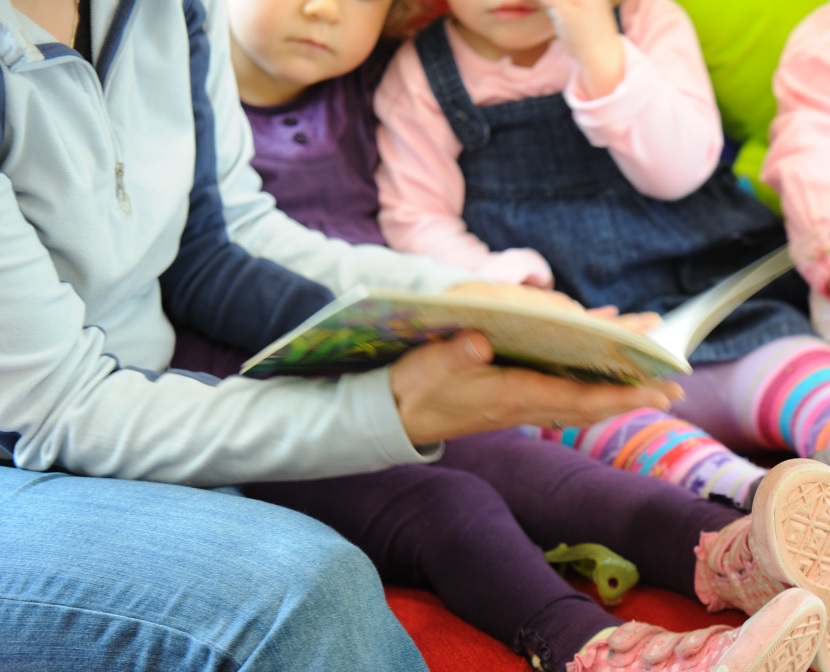Although the UK devotes a lot of public spending towards childcare and early education (OECD Family database, “Public spending on childcare and early education”), the cost of childcare is still thought to hinder parental employment, and there is a near cross-party consensus that governments across the UK should spend more.
The flagship programme in England is the entitlement to free, part-time, childcare or early education (hereafter: “childcare”) for all 3 and 4 year olds. This has existed since 2000, and, having been extended to 2 year olds from low-income families in 2013, around £3 billion a year. Surprisingly, our new research (M. Brewer, S. Cattan, C. Crawford and B. Rabe “Free childcare and parents’ labour supply: is more better?” Institute for Fiscal Studies Working Paper W16/22) is the first to examine whether this programme helps parents undertake paid work – a companion project examined its effect on childrens’ attainment (J. Blanden, E. Del Bono, S. McNally, B. Rabe “Universal Pre-school Education: The Case of Public Funding with Private Provision”, Economic Journal, 126, pp682-723, DOI: 10.1111/ecoj.12374).
Our research evaluates the impact on parents’ employment patterns of first offering pre-school children free, half-day, childcare, and then expanding this to the whole school day. This is highly relevant to the Conservative government’s aim of increasing entitlement to free childcare to 30 hours a week in families where all parents work.
We make use of differences that arise naturally thanks to date-of-birth cut-offs in rules that determine when children become entitled to free part-time and full-time places. For example, two children born on 31 August and 1 September will become entitled to part-time childcare a term apart, and generally become entitled to begin full-time education a year apart. These cut-offs are highly relevant for the take-up of formal childcare. Using data from 2000 to 2013 of the Labour Force Survey, we then relate the precise timing of these changes in entitlement to childcare to parents’ employment patterns.
In general, we find no impact on the employment patterns of fathers and, as we expected, the impacts on mothers are greater when we focus on families where it is the youngest child that is gaining entitlement to free childcare. Amongst this group, free part-time care appears to have no impact on employment, although there is a small rise (2.1 percentage points) in the fraction of mothers who are actively looking for paid work. But we find much greater impacts of full-time care: by the end of the first year of being entitled to full-time care, mothers are 3.5 percentage points more likely to be in work than mothers whose child is in their third term of part-time entitlement.
Even this, though, is a small impact that does little to close the gender gap in employment. But our work does not mean that childcare is irrelevant for mothers’ work decisions: instead, it shows that free childcare makes little difference to these decisions. To understand this, we examined how patterns of childcare use change at these times. The free entitlement does lead children to spend more hours in formal, centre-based care (or in schools), but this is mostly instead of time that would have been spent in informal care, or time spent in formal settings that parents would have paid for. On average, providing three year olds with 570 hours a year of free childcare means children spend just 54 more hours a year being cared for outside the family.
Of course, free childcare exists to achieve several objectives, and, even where childcare use changes by little, the policy saves parents money and reduces demands on informal caregivers. But universal free childcare from the age of 3 is an expensive way to reduce gender gaps in the labour market.
This blog was first published in the December 2016 issue of Research Matter, the Social Research Association magazine, www.the-sra.org.uk
